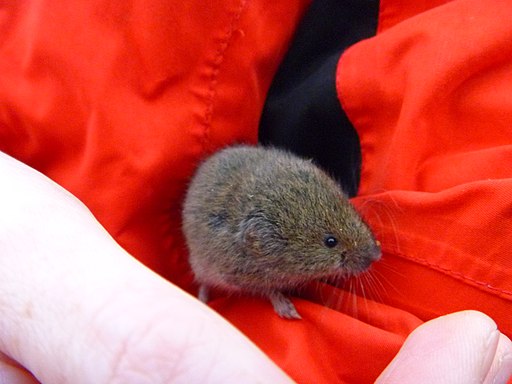Superregnum: Eukaryota
Regnum: Animalia
Subregnum: Eumetazoa
Cladus: Bilateria
Cladus: Nephrozoa
Superphylum: Deuterostomia
Phylum: Chordata
Cladus: Craniata
Subphylum: Vertebrata
Infraphylum: Gnathostomata
Superclassis: Tetrapoda
Cladus: Reptiliomorpha
Cladus: Amniota
Cladus: Synapsida
Cladus: Eupelycosauria
Cladus: Sphenacodontia
Cladus: Sphenacodontoidea
Ordo: Therapsida
Cladus: Theriodontia
Subordo: Cynodontia
Cladus: Mammaliaformes
Classis: Mammalia
Subclassis: Trechnotheria
Infraclassis: Zatheria
Supercohort: Theria
Cohort: Eutheria
Cohort: Placentalia
Cladus: Boreoeutheria
Superordo: Euarchontoglires
Ordo: Rodentia
Subordo: Myomorpha
Superfamilia: Muroidea
Familia: Cricetidae
Subfamilia: Arvicolinae
Genus: Microtus
Species: Microtus bavaricus
Name
Microtus bavaricus (König, 1962)
Type locality: Germany (Bavarian Alps, Garmisch-Partenkirchen)
References
Microtus bavaricus in Mammal Species of the World.
Wilson, Don E. & Reeder, DeeAnn M. (Editors) 2005. Mammal Species of the World – A Taxonomic and Geographic Reference. Third edition. ISBN 0-8018-8221-4.
IUCN: Microtus bavaricus (König, 1962) (Critically Endangered)
Vernacular names
English: Bavarian Pine Vole, Bavarian Vole
français: Campagnol Souterrain De Bavarie
日本語: ババリアマツネズミ
The Bavarian pine vole (Microtus bavaricus) is a vole from the Austrian, Italian, and Bavarian Alps of Europe. It lives in moist meadows at elevations of 600 to 1,000 meters. There are 23 museum specimens of this species. This rodent was previously known to live in only one location, Garmisch-Partenkirchen in Bavaria, which was altered by the construction of a hospital in the 1980s. No specimens of this rodent were recorded after 1962 and it was thought to be extinct. However, a population apparently belonging to this species was discovered in 2000 in Northern Tyrol, just across the German-Austrian border. An Austrian scientist, Friederike Spitzenberger, stumbled upon the species in a live trap. Its species status was confirmed by genetic studies, and it was found to be very closely related to Liechtenstein's vole (Microtus liechtensteini) from the Eastern Alps.[2] Further research is required to determine the size and range of the population and the species has been re-assessed as Critically Endangered by the IUCN.
See also
Lazarus taxon
References
Meinig, H. (2019). "Microtus bavaricus". IUCN Red List of Threatened Species. 2019: e.T13461A90865453. doi:10.2305/IUCN.UK.2019-3.RLTS.T13461A90865453.en. Retrieved 19 November 2021.
Martínková, Natália; Zima, Jan; Jaarola, Maarit; Macholán, Miloš; Spitzenberger, Friederike (2007). "The origin and phylogenetic relationships of Microtus bavaricus based on karyotype and mitochondrial DNA sequences" (PDF). Folia Zool. 56 (1): 39–49.
Spitzenberger, F.; Zima, J.; Meinig, H. & Vohralík, V. (2008). "Microtus bavaricus". IUCN Red List of Threatened Species. 2008: e.T13461A3985949. doi:10.2305/IUCN.UK.2008.RLTS.T13461A3985949.en. Database entry includes justification for why this species is listed as critically endangered.
'A Gap in Nature' by Tim Flannery and Peter Schouten (2001), published by William Heinemann
Musser, G. G. and M. D. Carleton. 2005. Superfamily Muroidea. pp. 894–1531 in Mammal Species of the World: A Taxonomic and Geographic Reference. D. E. Wilson and D. M. Reeder eds. Johns Hopkins University Press, Baltimore.
The Extinction Website, published by Peter Maas
IUCN Red List of Threatened Species: Microtus bavaricus
Retrieved from "http://en.wikipedia.org/"
All text is available under the terms of the GNU Free Documentation License


